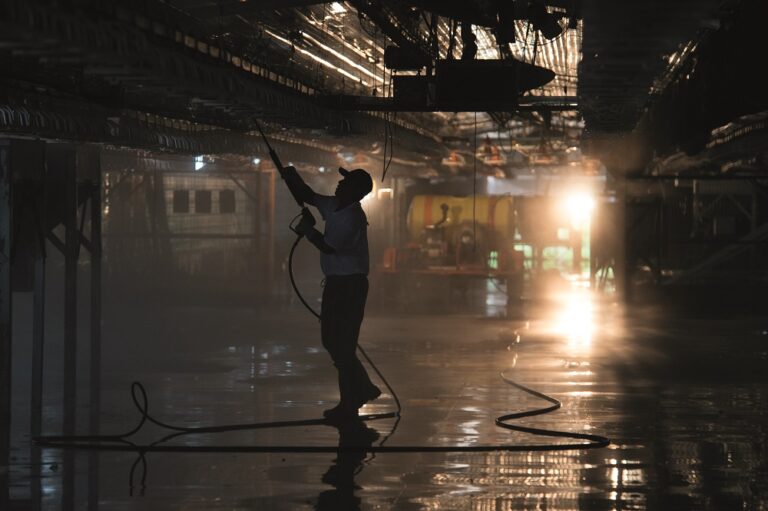Avian influenza is a growing threat as the autumn approaches. Every producer has a responsibility to reduce the risk.
By Stephen Lister, poultry vet
The news is bleak at the moment on energy costs, shortage of products in shops and, especially for our industry, the current labour shortages. But there was one recent good news announcement on 3 September when the chief veterinary officer was able to once again declare the UK officially free of avian influenza (AI), giving the opportunity for easier exports of hatching eggs, day old chicks and poultry products.
But before we get too carried away with this excellent news on our disease status the scientists are already warning that the severe outbreaks of the 2020/21 AI season may be repeated sooner than we think. The recent detection of the same H5N8 strain in wild birds around Europe, the way this virus seems so easy to infect and maintain in wild bird populations and the ability this strain has to persist in the environment around farms is a warning sign that AI is no longer a once in a lifetime occurrence.
We know how seriously our industry takes biosecurity but there can be an air of complacency and inevitability that we are already doing everything we can and we just have to wait for fate to intervene on some farms.
However, recently published analysis by APHA and Defra scientists of the outbreaks that occurred around the country in 2020/21 shows that we all still have a long way to go to avoid this virus short-circuiting all we are doing and causing another winter of major disruption well into 2022. There is more we can all do to reduce risk.
Some urgent take home messages are worthwhile for us all to consider:
- Think about what you are doing on your farm and between farms, where virus might be sitting on your site and how you might track it into your birds – basic precautions done well
- Create clear strategies and procedures for your farm and make sure ALL staff buy in to it
- Look at the fabric of your buildings – no repairs are cheap but sealing leaky roofs (leaky for dirty water, birds or vermin) and thinking how to reduce flooding water ingress are crucially important areas we MUST all address to keep this virus out
- Prevent physically bringing virus coming into a house by making sure people, litter bales, and any equipment are clean, disinfected and free of wild bird faeces contamination
BOX OUT: The situation in Europe
While the UK was able to declare itself free of AI last month, in mainland Europe there has been no such relief.The French government has raised the risk level for avian influenza after an outbreak of highly pathogenic H5N8 at a smallholding in Ardennes. Ducks, hens, turkeys and pigeons were culled at the premises on 8 September, and protection and surveillance zones were immediately set up.
In response, the Minister of Agriculture and Food has decided to raise the level of risk from ‘negligible’ to ‘moderate. This means from 10 September, poultry have had to be housed in areas identified as special risk areas, such as wetlands frequented by migratory birds.
In addition, there are now restrictions on the transport and introduction into the natural environment of game birds, a prohibition of racing pigeons, and compulsory vaccination in zoos for birds that cannot be confined or protected under net. These measures are accompanied by daily clinical surveillance on all farms.
The epidemiological situation with regard to highly pathogenic avian influenza (HPAI) is worrying: since 1 August, 25 cases have been detected in wildlife and other captive birds in Europe. Since 2 September, two H5N8 cases have been reported in Belgium, one in an ornamental bird trader; the other in an individual’s home. Luxembourg also declared a case in a private individual.


